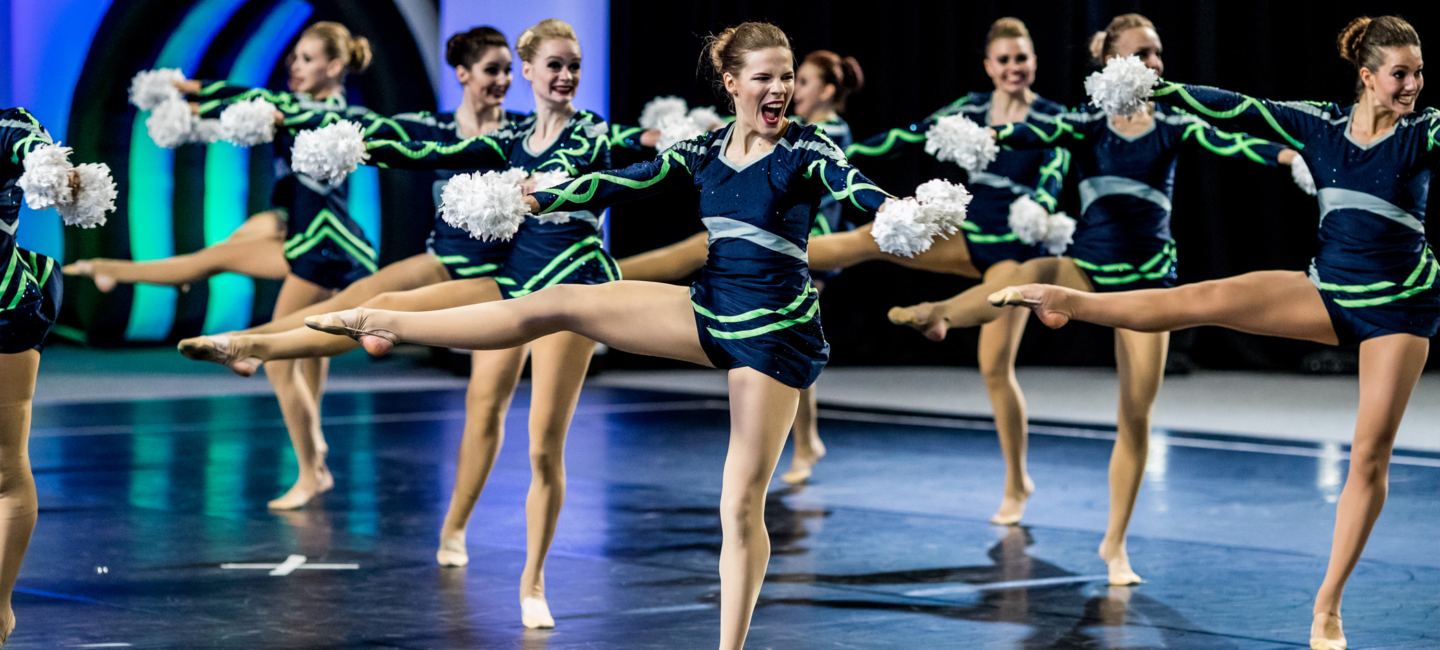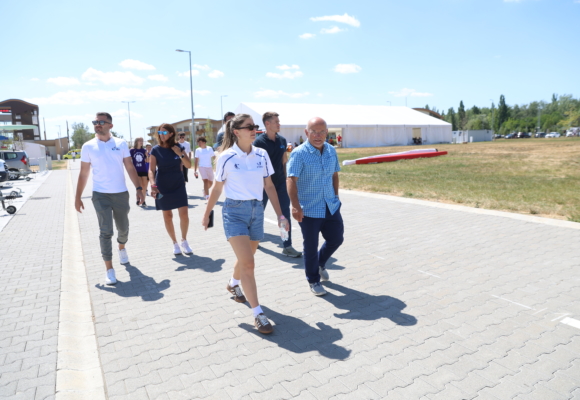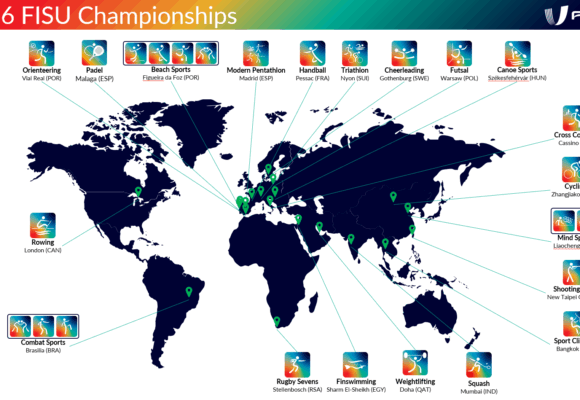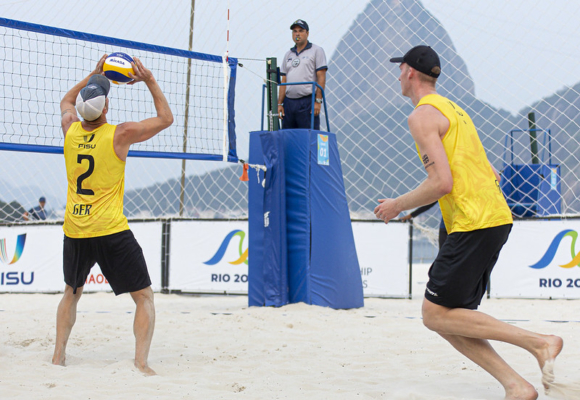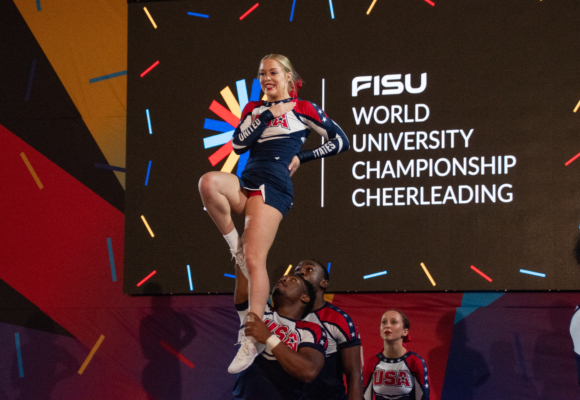Cheerleading’s story within the FISU programme is just starting to be written as Lodz, Poland hosted the first World University Cheerleading Championship in 2018. Earlier, the Kazan 2013 Summer Universiade had incorporated a cheerleading festival into its cultural events schedule.
News
All newsEvents
FISU Technical Committee Chairs
 usa
usa
 swe
swe
Resources
The History of Cheerleading in FISU
Since the International Cheer Union (ICU) joined the international Olympic sports fraternity, it’s no longer up for debate: cheerleading is a sport.
Cheerleading competitions are often held in two categories: Cheer and Cheer Dance. Cheer includes acrobatic elements into routines that are accompanied by chants and yells. Cheer Dance is a sport dance with gymnastics, where grace, synchronicity and plasticity of movement meet. It’s in Cheer Dance that the use of pompoms is also mandatory.
While cheerleading got its start in the United States in the twentieth century, the sport has experienced rapid growth, particularly at the international level, in recent years. In fall 2023, the ICU was the umbrella of 119 national federations and 10 million athletes.
The top talent from this pool is expected to compete for the World University Championship crown in Lodz.
By adding cheerleading to the World University Championship calendar, FISU is helping the sport go beyond the sidelines. The modern-day sport of cheerleading is definitely focusing on the technical and athletic components of cheer.
